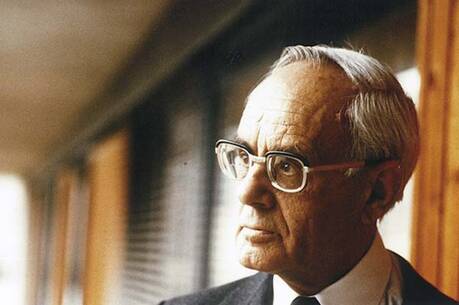Books on the Bible
In this year’s selection, we include several titles that deal with the whole Bible: major issues, themes and reception through the centuries.
Kenneth A. Briggs. The Invisible Bestseller: Searching for the Bible in America. Eerdmans, 2016, 239 p.
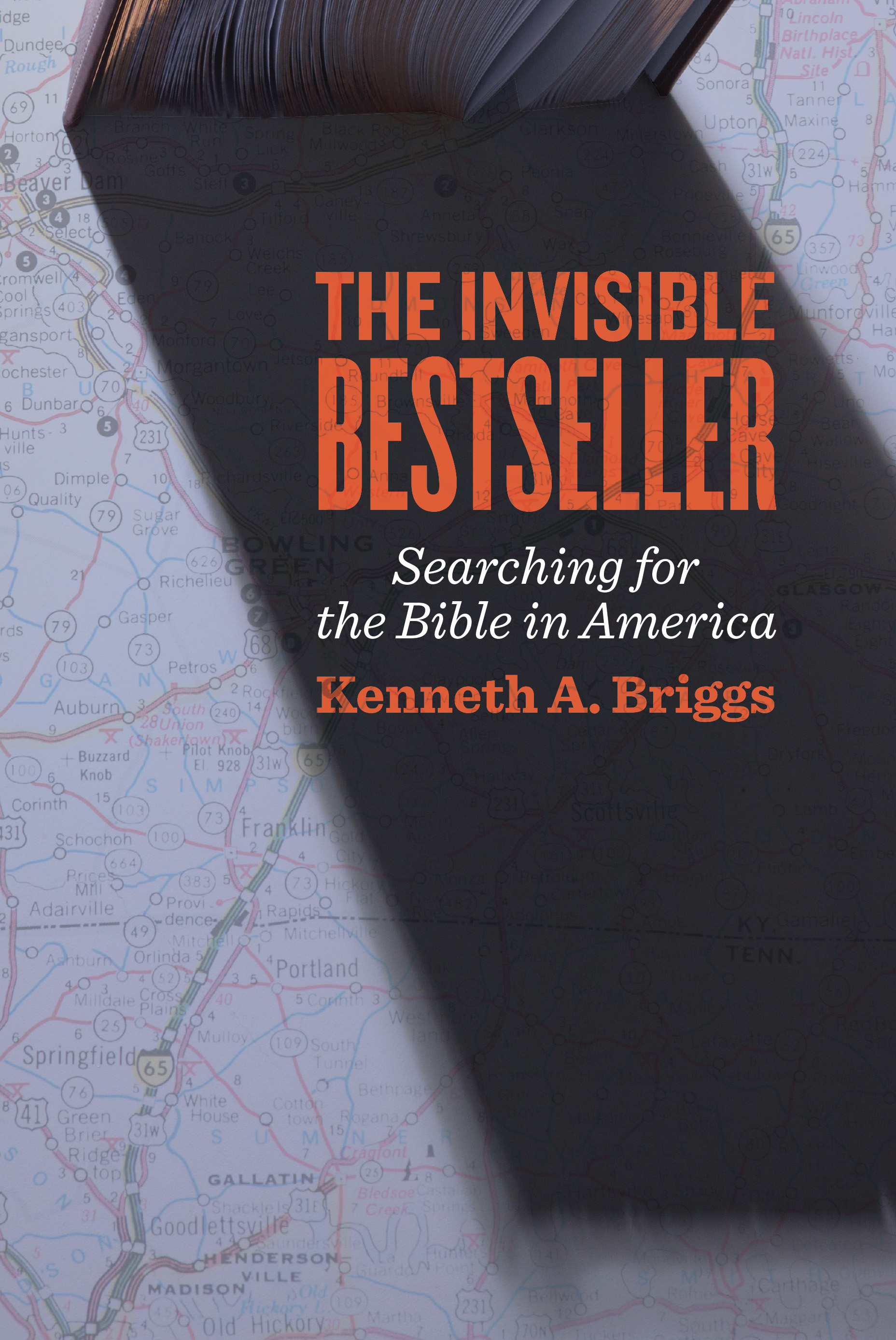
The project of The Invisible Bestseller: Searching for the Bible in America, by Kenneth A. Briggs, is ambitious: (1) to look for reasons for the decline of biblical literacy in the United States, despite the Bible’s increasing availability in all sorts of formats, (2) to find where this decline is occurring and (3) how it makes a difference. The book is written as a journalistic investigation that takes the reader to various places to see how the Bible is or is not used. As a journalist who has worked for Newsday, The New York Times and The National Catholic Reporter, Briggs is in a good position to lead this inquiry.
The quest begins in U.S. homes, of which 88 percent have a Bible that is rarely read and is on the way to being seen as an item of nostalgia, like The Old Farmer’s Almanac. Briggs then takes us to the 2011 convention of the Forum of Bible Agencies North America, which discussed possible reasons why fewer and fewer people who receive a free Bible read it. After sharing how pastors of various denominations cope with low Bible literacy in their ministries, a chapter describes a few sessions of the 2012 annual meetings of the Society of Biblical Literature and of the American Academy of Religion. As a result, Briggs is able to comment on the gulf between biblical scholarship and what is going on in the pews. More than simply reporting facts, the book reflects on the decline of biblical literacy in relation to social trends in the United States, like secularization and digital culture.
More than simply reporting facts, the book reflects on the decline of biblical literacy in relation to social trends in the United States, like secularization and digital culture.
Brent A. Strawn. The Old Testament Is Dying: A Diagnosis and Recommended Treatment. Baker Academic, 2017, 336 p.
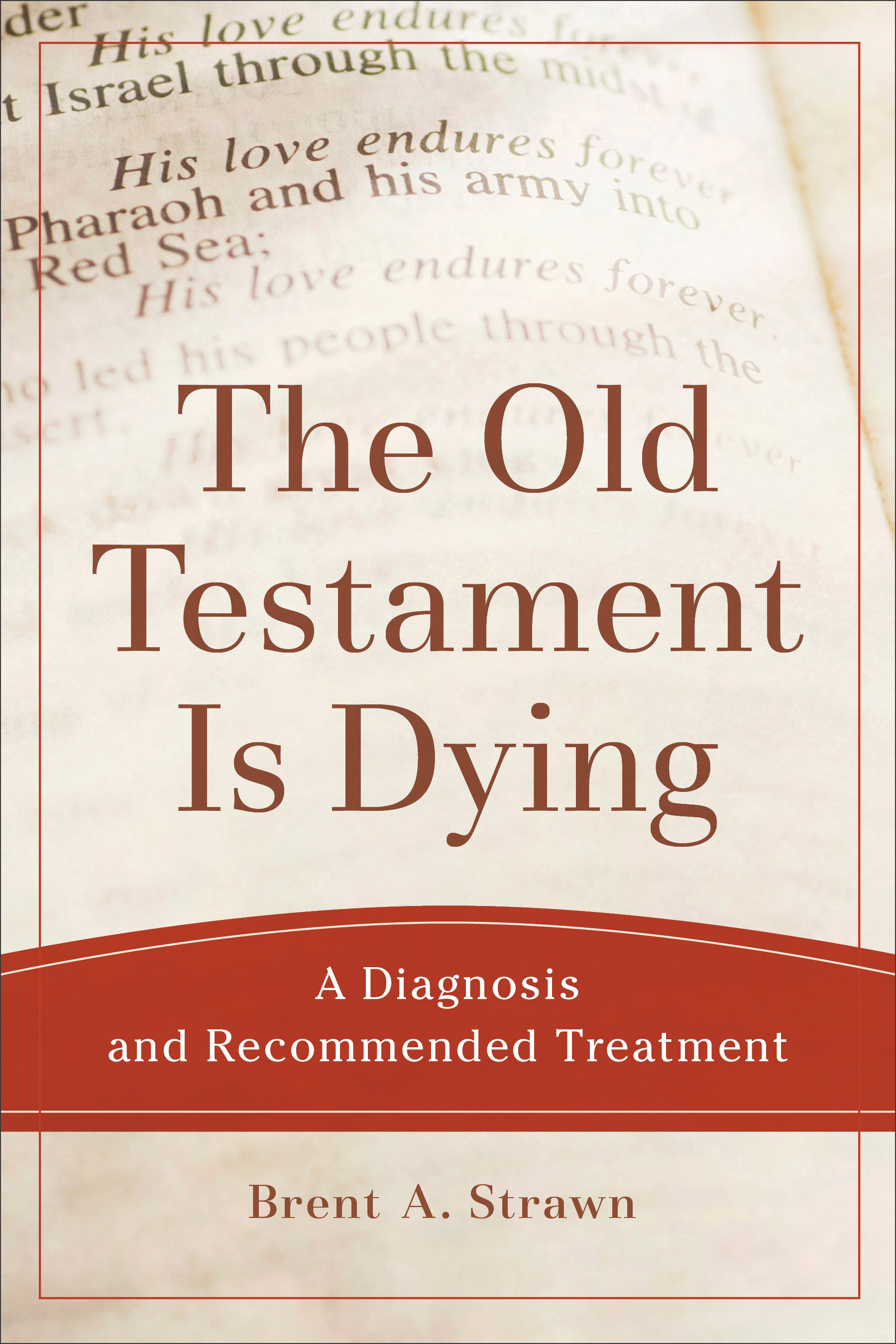
For those concerned about the dwindling influence of the Old Testament in their churches and lives, Brent Strawn provides a trenchant diagnosis and a vigorous therapy program in his book The Old Testament Is Dying: A Diagnosis and Recommended Treatment. This sobering analysis of the illness relies on several kinds of data, particularly some statistics about preaching on the Old Testament and careful study of hymnody and the presence of responsorial psalms in the Revised Common Lectionary.
Although the diagnoses focus on Protestant churches, many of them also ring true for the Catholic world. Careful study of important Protestant hymnals demonstrates the waning of hymnody based on psalms in recent years, so Strawn can speak of the death of the “little Bible” (a description of the Book of Psalms by Martin Luther). Similar study of the psalms included in the Revised Common Lectionary demonstrates how many never appear (51) and how many psalm verses are omitted in the selections, usually “hard verses,” laments and imprecations. He also presents statistics about regular omission of the responsorial in some churches. These are but examples of the morbidity of the Old Testament. The analysis includes external evidence: the New Atheism (Dawkins) in Chapter 4 and Marcionites Old and New in Chapter 5, including discussion of influence of von Harnack, Delitzsch and the program of the Nazi Christian churches. The rise of the New Plastic Gospels and the “Happiologists” evidences further decline of the Old Testament.
The “Path to Recovery” in Part 3 proposes a vigorous program of formation (not information), which includes “singing the OT” and other paths of regular, repeated use, none of which will be easy, but all of which are necessary to restore the Old Testament to contemporary life.
Lewis Glinert, The Story of Hebrew. Princeton University Press, 2017, 264 p.
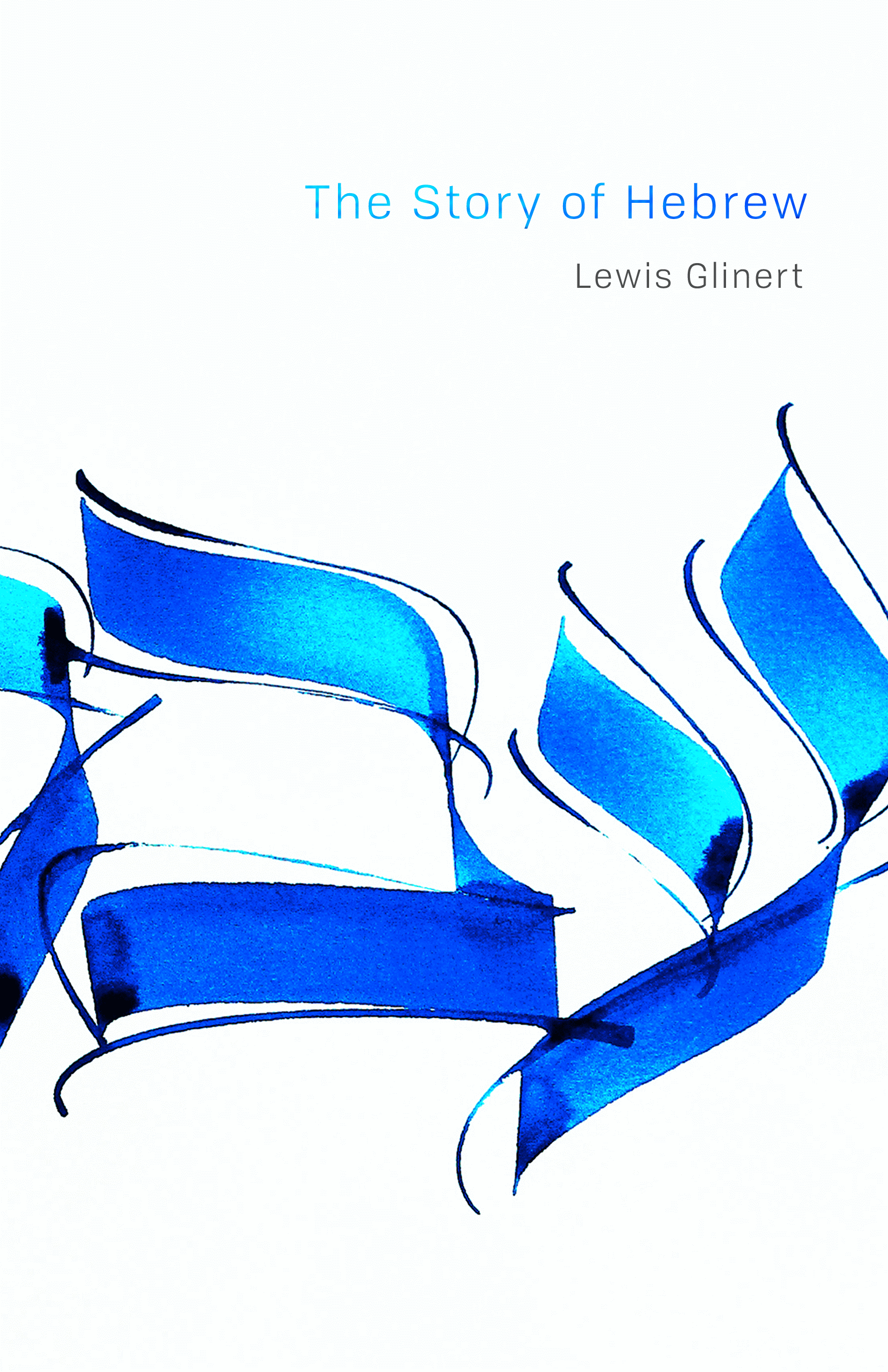
In The Story of Hebrew, Lewis Glinert discusses the language of the Hebrew Bible, not in a technical lexicographical or syntactical way but with a lively history of the development of Hebrew throughout the ages until the present time and its flourishing in the state of Israel.
Glinert takes the reader on a journey through Hebrew that begins in Genesis 1 and moves through the various ages of its development, as well as the different geographical locations of Jewish communities and how they influenced the use of this language. One can learn about translations of the Hebrew Bible into Greek (the Septuagint), uses in various locales and the continuing “life” of the language after Jewish people were forced to speak and write other languages; but the language survived in written works of the Jewish people.
Glinert tells a lively story that informs the reader about uses and misuses of the language
The story concerns Christian reaction to Hebrew through the centuries, including the action of notable scholars to learn Hebrew from rabbis, for various motives, from improving Christian translations to learning more ways to engage in polemical work with Jews. Christian Hebraism developed during the Renaissance era (1500s) and attracted a number of scholars, some of them arguing that Hebrew should be given priority among biblical languages. Glinert tells a lively story that informs the reader about uses and misuses of the language, along with a social and cultural history of the Jewish people, all the way to the modern state of Israel and its revival of Hebrew as a spoken language.
In recent decades we have witnessed lively and significant publications of feminist biblical criticism.
Barbara Reid, O. P.,Wisdom’s Feast: An Invitation to Feminist Interpretation of the Scriptures. Eerdmans, 2016, 154 p.
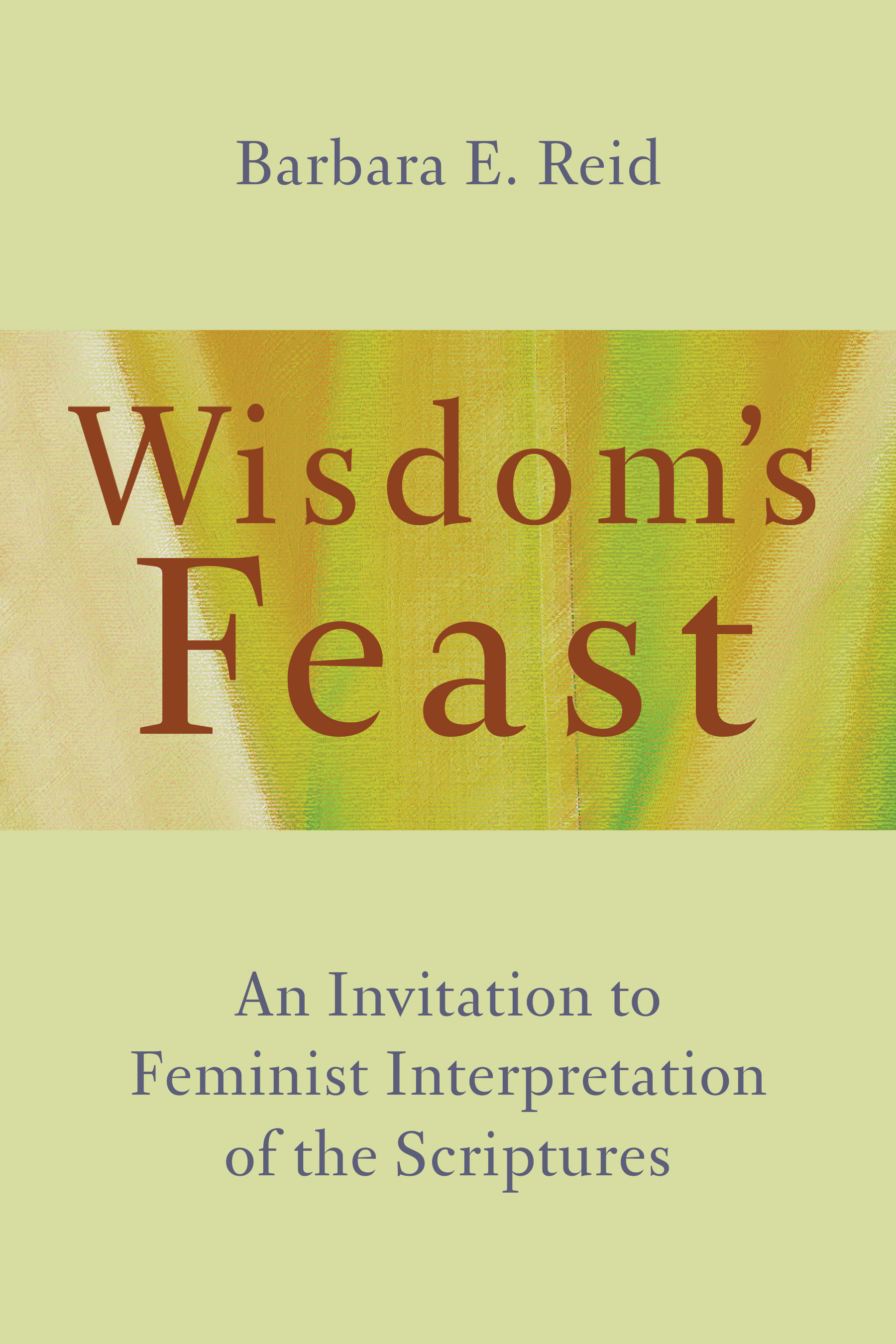
In recent decades we have witnessed lively and significant publications of feminist biblical criticism. This year’s collection of titles includes three more, but they are quite different in content and presentation. With Wisdom’s Feast: An Invitation to Feminist Interpretation of the Scriptures, Barbara Reid, O. P., professor of New Testament studies at Catholic Theological Union in Chicago, has written a very accessible introduction to feminist interpretation of the Bible that takes the reader over a vast amount of ground throughout the whole Bible.
The book’s Introduction provides an overview of the history of feminist interpretation, the justification for this in light of the situation of women in our societies, its diversity and its principles. The remaining chapters visit the Creation stories and the accounts about the entry of sin in the world, both in Genesis and then in the Gospels to examine the character of Mary, various women who are either healed or counted among his disciples and a sample of parables that feature female characters.
In her consideration of discipleship, Reid also considers the ministry of women in Paul’s letters, focusing, for instance, on Phoebe, Prisca and Junia, the last being called an apostle. The volume also questions some common readings of episodes like those about Mary and Martha and the passion narratives, which have effectively kept women in subordinate positions. In all cases, Reid offers rich alternative interpretations, grounded in the traditions of the church, that pay attention to the context in which the texts came into existence, to the literary context of these episodes and to the context of the various interpreters. All the chapters end with questions that can be used for personal reflection or to stimulate discussion.
Denise Dombkowski Hopkins,Psalms Books 2-3. Wisdom Commentary Volume 21; Linda M. Maloney, volume editor. Liturgical Press, 2016, 410 p.
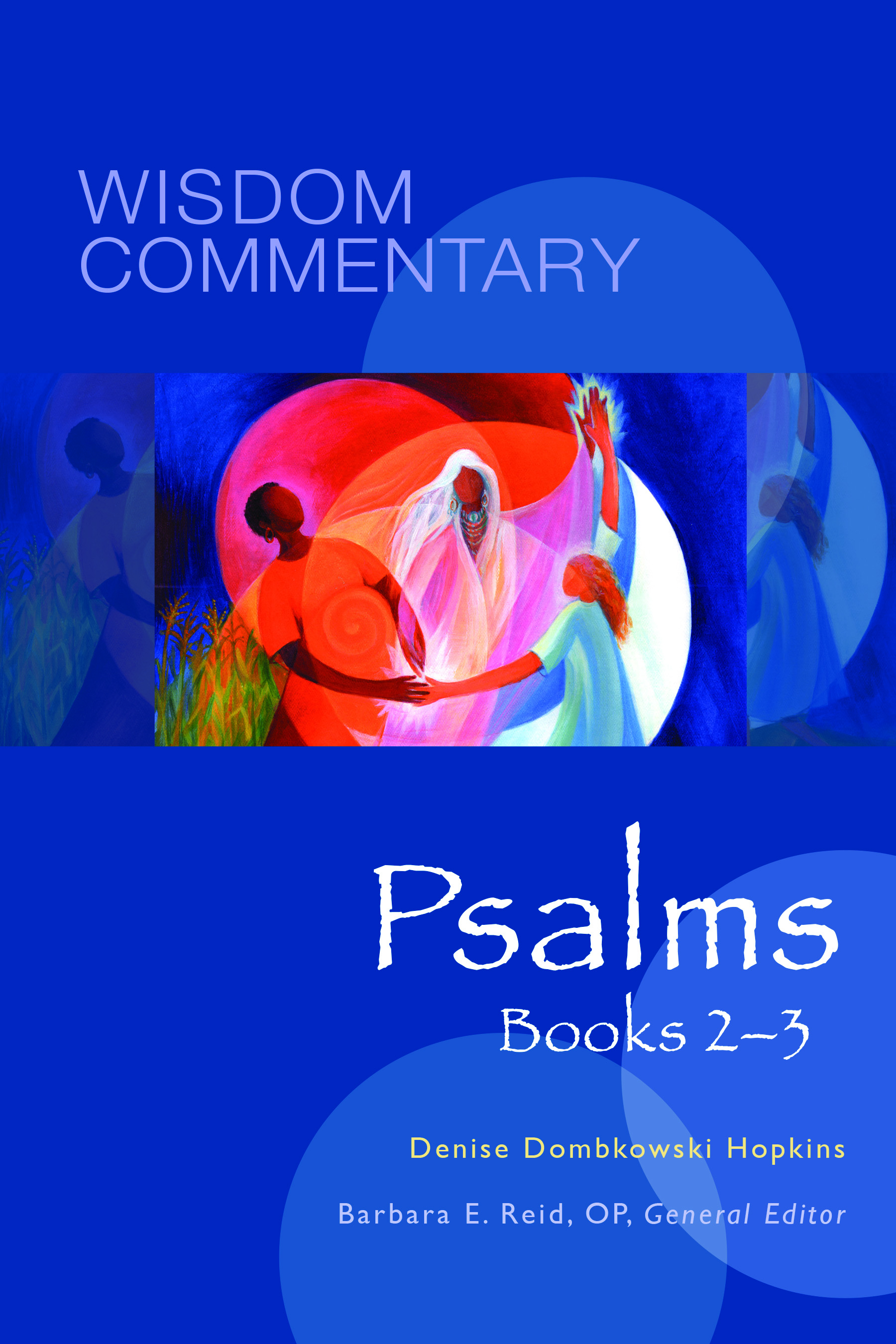
The Wisdom Commentary series on the Bible, from Liturgical Press, has already published several volumes, but a volume on Psalms, by Denise Dombkowski Hopkins, piqued our interest. Can another commentary in the field make a significant contribution? This volume, covering Books 2 and 3 of the Psalter (Psalms 42-89), definitely breaks new ground. The author combines comments on psalms (usually considered “hopelessly masculine”) with “intertexts” from other parts of the Hebrew Bible. The results are thought-provoking and plausible, as one reads about Hannah, Judith, Shiphrah, Bathsheba, Tamar and many others and considers their possible connections with psalms.
This volume, covering Books 2 and 3 of the Psalter (Psalms 42-89), definitely breaks new ground.
Each psalm receives extensive coverage treating form-critical, historical, linguistic and theological issues. The base text is the New Revised Standard Version, and the author frequently comments on nuances and shades of meaning that might be affected by a feminist perspective. One finds comments on long-disputed questions (e.g., does Ps 51:5 refer to “original sin?”) along with prudent discussion and suggestions. For each psalm there is a section on contemporary comment (in grey), which proves challenging.
This work contains helpful explanations of many topics—superscriptions, collections of psalms like the Asaph psalms, the general character of different groups of psalms, issues like the “memory” of God’s deliverances of Israel. Many, if not most issues important to eco-feminist writers find a place in this commentary, but not at the expense of more classical issues of psalm interpretation. Scholars will rejoice to see Hebrew words discussed, and general readers will enjoy the accessible style of the commentary. The volume closes with indexes of biblical citations, and of subjects and proper names.
Marion Ann Taylor and Christiana DeGroot, Women of War, Women of Woe: Joshua and Judges Through the Eyes of Nineteenth-Century Female Biblical Interpreters. Eerdmans, 2016, 278 p.
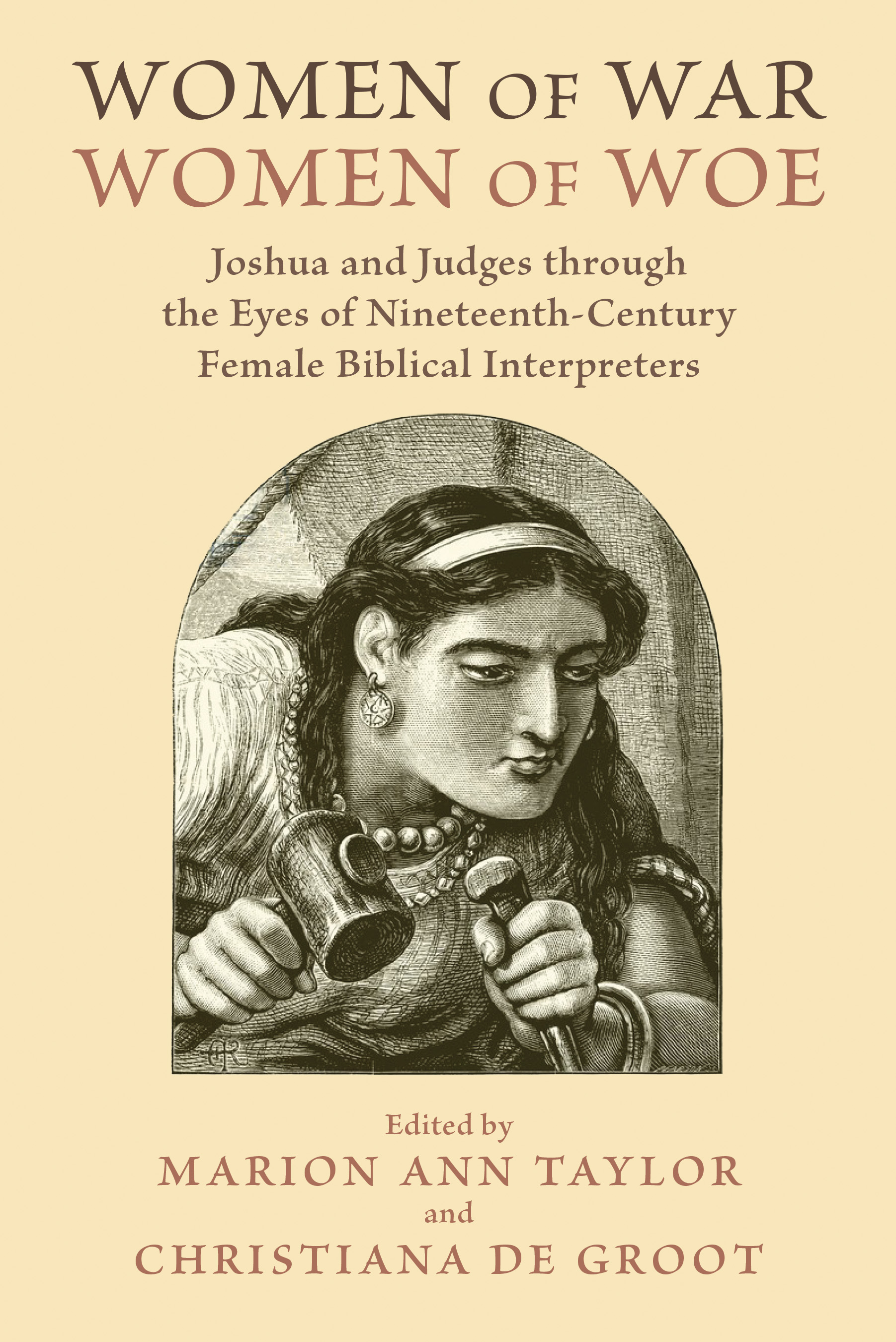
Women of War, Women of Woe is a collection of writings by 19th-century women biblical interpreters on women figures in the books of Joshua and Judges. These characters have long been discussed, usually by employing contemporary methods of exegesis and hermeneutics, often in the form of biblical commentary or journal articles. So this publication, edited by Marion Ann Taylor and Christiana de Groot, offers a very different perspective: scores of contributions by women—biblical commentaries, sermons or poems, biographies, sermon notes for men and a number of other genres—that are not considered “commentary” in contemporary parlance.
The writers are mostly British and American writers who wrote in English; most were or had been Christians, and some were Jewish. Their comments vary widely, from one remarking that biographical writing about women characters intended to show that “WOMAN is God’s appointed agent of morality” to others that raise many questions. The survey includes many writers who are unknown to us today but also draws from notables like Florence Nightingale and Harriet Beecher Stowe.
The eight women characters treated here are: Rahab, Achsah (Caleb’s daughter), Deborah, Jael, Jephthah’s daughter, Manoah’s wife, Delilah and the Levite’s concubine. In many cases the goal of the writer is “actualization,” that is, application to contemporary issues. Josephine Butler, for example, connected her comments on the Levite’s concubine with her work with prostitutes of her era. This book offers an opportunity to read about characters discussed by women commentators who were often forgotten, unread or seldom read. The results provide fascinating reading and fresh insights into the lively activity of these interpreters of the Old Testament in the 19th century. The volume contains indexes of biblical texts and important topics and persons.
Francis J. Moloney, S.D.B. Reading the New Testament in the Church: A Primer for Pastors, Religious Educators, and Believers. Baker Academic, 2015, 226 p.
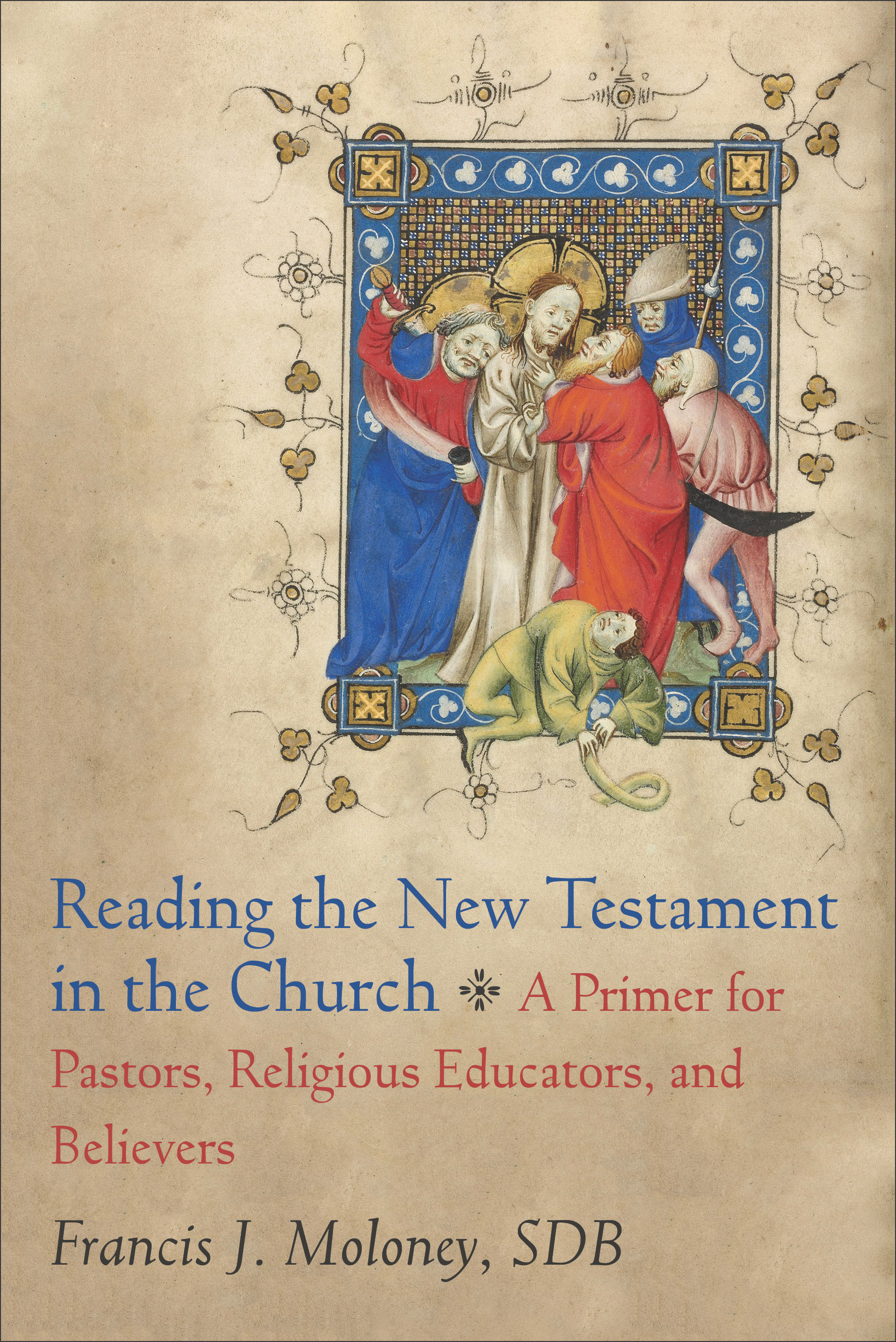
In Reading the New Testament in the Church: A Primer for Pastors, Religious Educators, and Believers, Francis J. Moloney acknowledges that despite the truism about the importance of the word of God among Catholics, no effective mass program of biblical education exists. His book will not fill this lacuna, but it does take seriously Benedict XVI’s exhortation “Verbum Domini,” which encourages dialogue among pastors, theologians and exegetes about the interpretation of Scripture passages. Hence, Moloney takes up the challenge of bringing to life the faith-filled pages of the New Testament for Catholic clergy and laity, including religious educators. Accordingly, the book provides short introductions to all the major sections of the New Testament. It also opens with a brisk walk through the history of biblical interpretation from the church fathers until Vatican II, followed by chapters on the historical context of the world in which the New Testament came to existence, on the process of formation of the New Testament and on what can be known of the biography of Jesus of Nazareth. Even if the treatment of all these subjects is short, Moloney succeeds each time in providing much information in a few pages. His exposition of Revelation is especially to be commended. The information is up to date and reflects mainstream scholarship. Unlike several introductions to the New Testament that mostly provide summaries of scholarly discussions, Moloney’s clearly explains how these documents originated from the faith of early believers and how they provide specific facets of that faith.
Christopher W. Skinner, Reading John. Cascade Companions series. Cascade Books, 2015, 154 p.
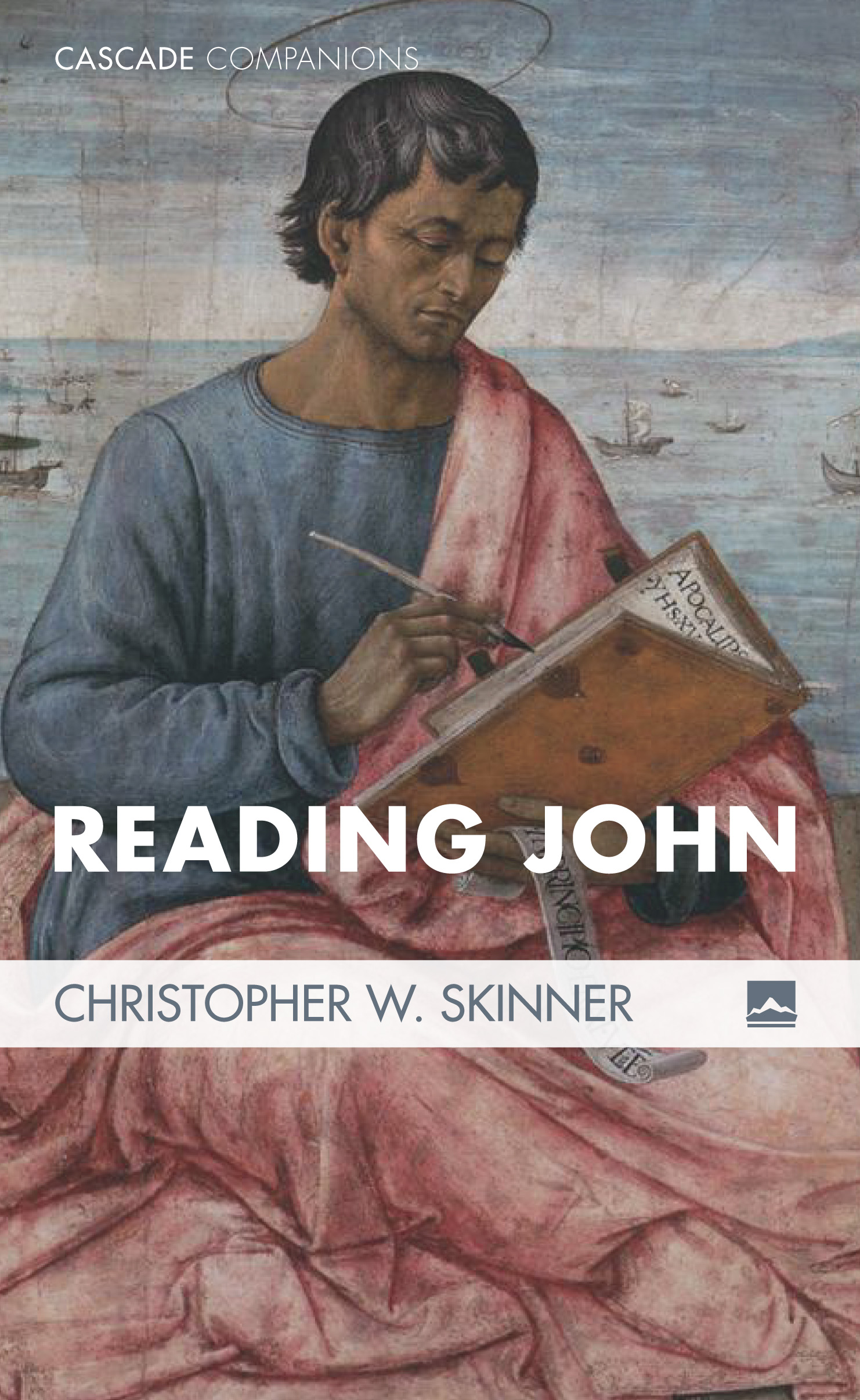
Reading John, by Christopher W. Skinner (Cascade), is a welcome addition to the Cascade Companions series that began in 2006. The series already includes volumes about Jeremiah, Paul, the Letter to the Hebrews and 1 Peter. This new volume in the series, which is addressed to nonspecialists, combines academic rigor with readability. It provides several interpretive keys for reading the Gospel according to John: the importance of the Prologue, the various levels of the story, the social and historical context in which this Gospel came into existence, and the type of language used by Jesus. It also contains a chapter on characters like the beloved disciple, Nicodemus and Peter, the latter serving as an example of the study of a character in a specific Gospel. The encounter between Jesus and Nicodemus (Jn 3:1-21) provides a second example of a close reading of a passage. Sidebars supply information about selected aspects of the Gospel, for example how the Gospel cites the Old Testament, the Jewish feasts mentioned in John and some features of Second Temple Judaism. Some sidebars also address common questions about this Gospel, such as the evidence of anti-Baptist polemic and the various possible meanings of the phrase “the Jews” in John. Each chapter concludes with questions for reflection, and the whole volume ends with a well-organized list of suggested readings. All these features contribute to make this volume a great resource suitable for many settings.
Fleming Rutledge, The Crucifixion: Understanding the Death of Jesus Christ. Eerdmans, 2015, 669p.
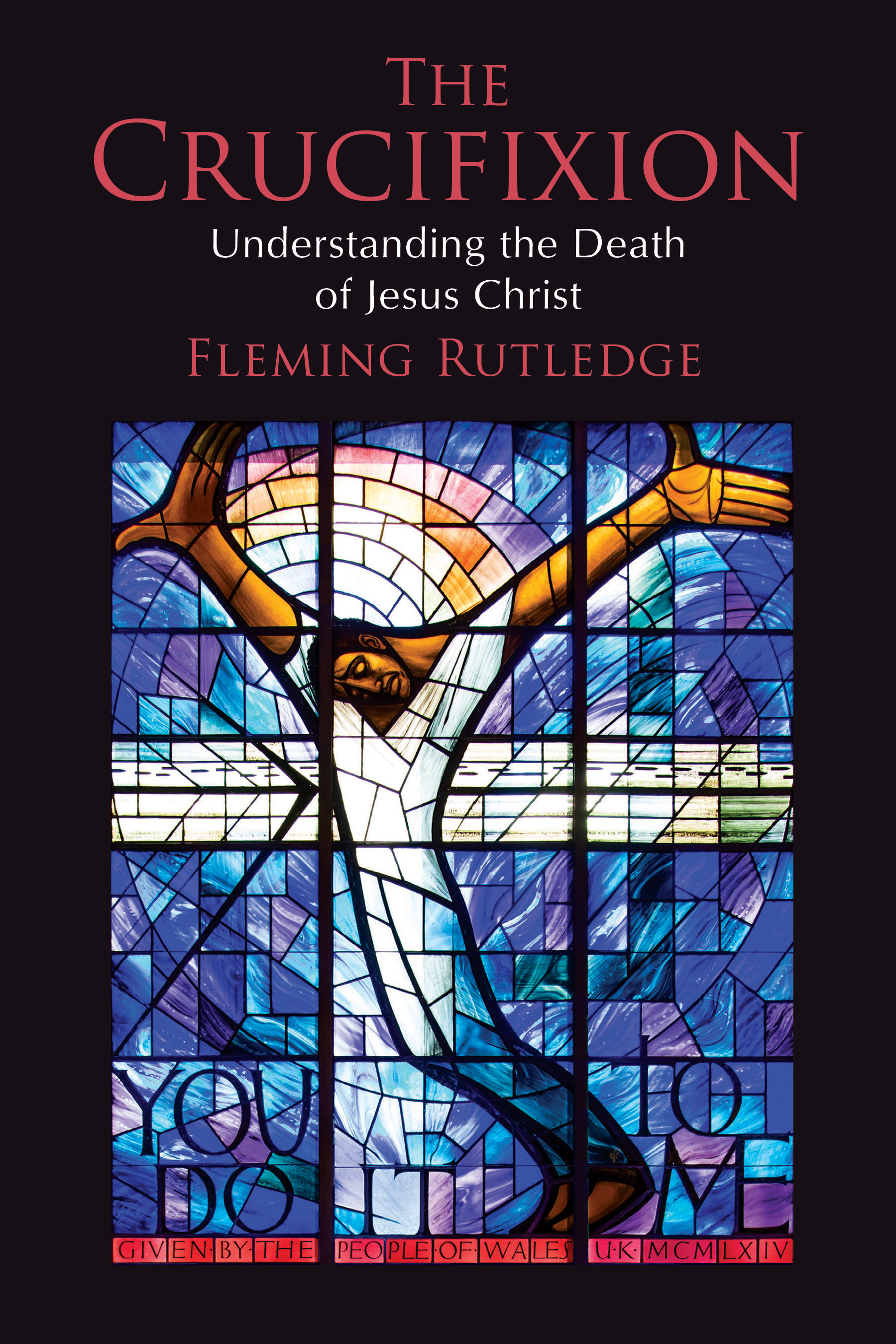
This theological study of crucifixion attempts to serve as a bridge between scholarship and local congregations. In The Crucifixion: Understanding the Death of Jesus Christ, Fleming Rutledge, an Episcopalian priest and a trainer of preachers in several theological schools of North America and the United Kingdom, has produced a vast theological reflection on Scripture and traditions that aims to expand the discussion of the significance of what happened on the cross and to encourage the return of that subject to the center of Christian proclamation. Rutledge’s intended audience is, on the one hand, lay Catholics and Protestants from all denominations and, on the other hand, busy pastors who are nevertheless serious about preaching the Gospel. Not a history of doctrine nor a historical investigation of the crucifixion, the book reflects on the nature of crucifixion as a mode of execution and on its unique place in the Christian narrative. It also addresses some major issues raised by Jesus’ death on the cross as a criminal like godlessness, justice and sin. Finally, the book visits a broad spectrum of biblical motifs used in the New Testament, like the Passover, the Exodus, blood sacrifice, apocalyptic wars, the descent into hell, substitution and the recapitulation. Although the whole book constructs a powerful argument about the centrality of the cross in Christianity, most chapters can be read independently with profit.
Not a history of doctrine nor a historical investigation of the crucifixion, the book reflects on the nature of crucifixion as a mode of execution and on its unique place in the Christian narrative.
Candida R. Moss and Joel S. Baden. Reconceiving Infertility: Biblical Perspectives on Procreation and Childlessness. Princeton University Press, 2015, 328 p.
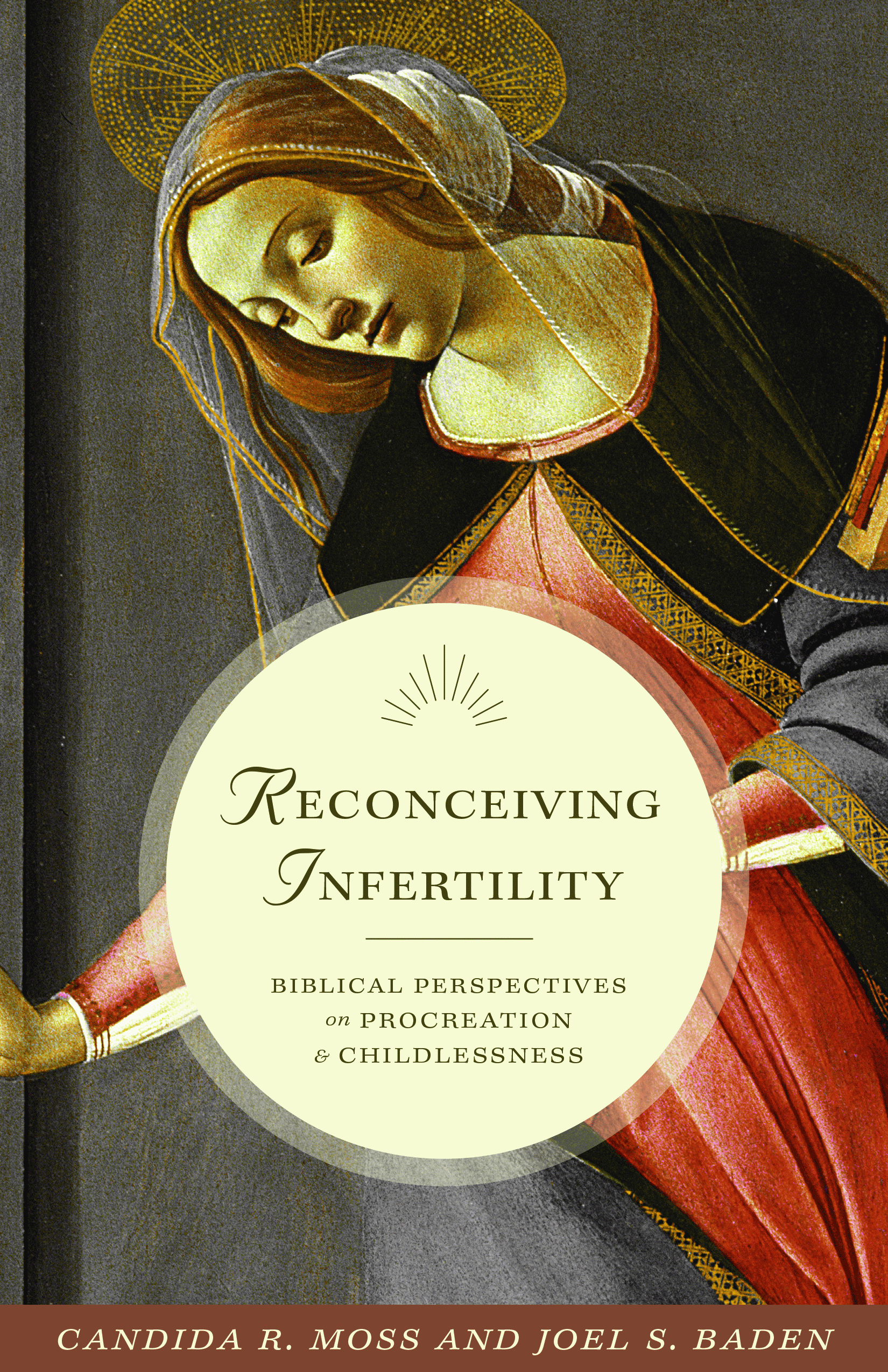
Readers of Reconceiving Infertility: Biblical Perspectives on Procreation and Childlessness, by Candida Moss and Joel Baden, will find themselves engaged by this book, which deals with an aspect of human existence that everyone faces some day. The book acknowledges that in the West, biblical texts perceived either as holy Scripture or as an ancient library have deeply influenced how we view infertility and how we perceive those who are childless. The assumption that underlies these perceptions is that biblical texts speak with a single voice on this subject, heard in the first pages of the Bible: “Be fruitful and multiply!” (Gen 1:22). Reconceiving Infertility challenges this assumption by showing (1) the plurality of perspectives on this topic and (2) that fertility is not necessarily the default situation nor always given as a blessing in the Bible. In fact, one of the main thrusts of the book is that “childlessness in the Bible is divinely sanctioned—insofar as the word ‘sanction’ means both to endorse and prohibit” (20).
The book covers much ground, from the first pages of Genesis to some of the church fathers (for example, Irenaeus, Pseudo-Justin and Augustine) by way of the prophets, the Gospels and Paul’s letters. the unusual circumstances of Jesus’ birth in Matthew and Luke, for instance, as well as his dual patrilineage (God and Joseph) receive attention. Similarly, Moss and Baden take a close look at the discourse on chastity and celibacy in 1 Corinthians 7 from the perspective of fertility. Overall, the book is remarkably well informed on the discourses on fertility in the Ancient Near East and in the Greco-Roman world and shows well how the biblical texts reflect these worlds.
Saul M. Olyan, Friendship in the Hebrew Bible. Yale University Press, 2017, 191 p.
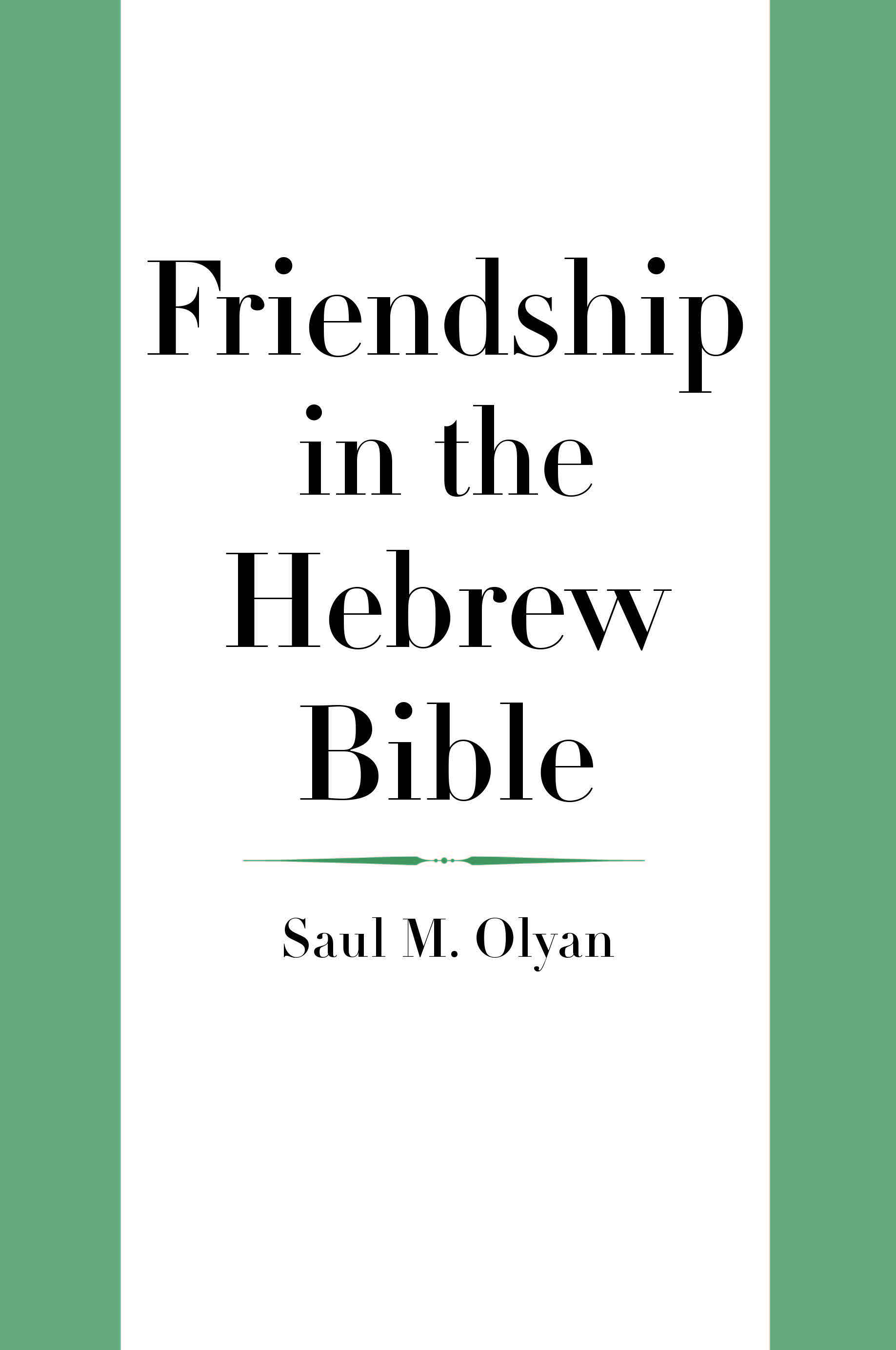
In Friendship in the Hebrew Bible, Saul Olyan presents an important concept for contemporary readers, but one that is seldom connected with the Bible. He presents the material in depth (including Hebrew vocabulary and a fairly exhaustive list of occurrences in the Bible) and includes a great number of questions about the meaning of friendship and how it is presented in the Hebrew Bible.
He discusses “Friends and Family” in Chapter 1, especially differences in expectations between relatives (the “paradigmatic intimates”) and friends: There are different expectations and duties, and it must be decided if the obligation to love holds for both emotional and behavioral support. Often there is an expectation of “behavioral parity”—that is, that manifestations of loyalty and support will be repaid in the future. Primary obligations of family members often include burying the dead and maintaining the family tomb, with appropriate ancestral rites.
“Failed Friendship” is an intriguing topic (Chapter 2), and Olyan finds abundant evidence of it, especially in psalms of complaint (e.g., Psalms 28, 35, 38, 88 and 109) and also in prophetic texts and Proverbs. Disloyal friends engender conflict between persons and also lead to social evils. He concludes the chapter with a review of hostile behaviors, whether by action or inaction. Psalm 109 manifests another obligation: care for a dead man’s orphan children. He continues with “Friendship in Narratives” (Chapter 3): Ruth and Naomi, Jonathan and David, Job and his three comforters, Jephthah’s daughter and her companions, Amnon and Jonadab (2 Samuel 13). Here are wider possibilities for characterization and also data about friendships of women.
A welcome topic, “Friendship in Ben Sira” (Chapter 4), moves beyond the Hebrew Bible, but it is an important book for Catholics and most Orthodox and Eastern churches. Olyan examines the specific vocabulary for friends, differences from the Hebrew canon and particular ideas about friendship. Some new ideas appear: that friends may provide well-timed guidance to another, that a capable wife is superior to a helpful friend, that mutual generosity marks the relationship.
Some new ideas appear: that friends may provide well-timed guidance to another, that a capable wife is superior to a helpful friend, that mutual generosity marks the relationship.
Although biblical students and scholars will appreciate the Hebrew references and scholarly sections, readers without such training can read this book, focusing on the nontechnical expositions. The work of reading will bear great fruit for this topic, so seldom encountered in regular exposure to the Hebrew Bible.
Ken Jackson, Shakespeare & Abraham. University of Notre Dame Press, 2015, 172 p.
Jem Bloomfield, Words of Power: Reading Shakespeare and the Bible. Lutterworth Press, 2016, 168 p.
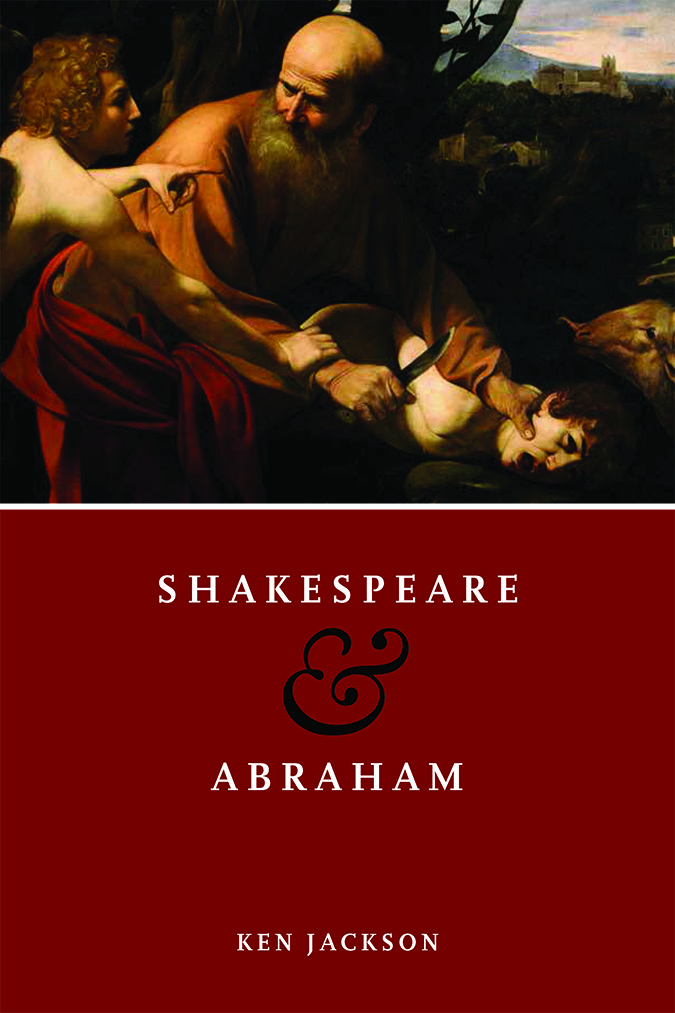
Prior to the 21st century, few works studying Shakespeare’s relation to the Bible ventured beyond noting allusions to biblical passages in the Bard’s works. The current century sees a profusion of books on this subject. Two fine examples are Shakespeare & Abraham, by Ken Jackson, and Words of Power: Reading Shakespeare and the Bible, by Jem Bloomfield.
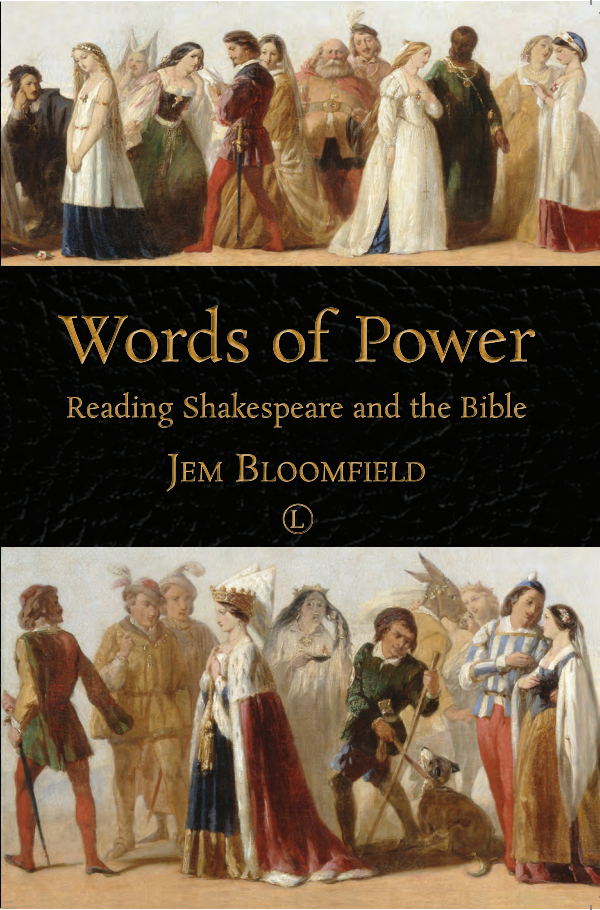
Jackson’s book explores Shakespeare’s dramatic fascination with Abraham’s near-sacrifice of his son Isaac in Genesis 22 by looking at scenes of child-killing or near-killing in plays like “Henry VI, Part III,” “King John,” “Richard II,” “Titus Andronicus,” “The Merchant of Venice” and “Timon of Athens.” Beyond such examination, the book also uses these examples from Shakespeare’s plays to reflect on the role of religion in the modern world.
Bloomfield’s volume compares and contrasts the Bible and Shakespeare’s works in several respects. There are, for example, various views about the lists of books that constitute the Bible or the Shakespearean corpus, the difficulty of establishing the text of the Bible and of Shakespeare’s works, the diversity of approaches taken to interpret biblical texts and Shakespeare’s plays, the contrasts between personal reading and public performance of these texts, the ways some institutions identify themselves as authoritative interpreters of these texts and use them to validate their ethos and legitimacy, and the use of these texts beyond religion and literature in political discourses and advertisements. This very accessible book allows the reader to learn a great deal about major issues in biblical and Shakespearean studies in less than 200 pages.








